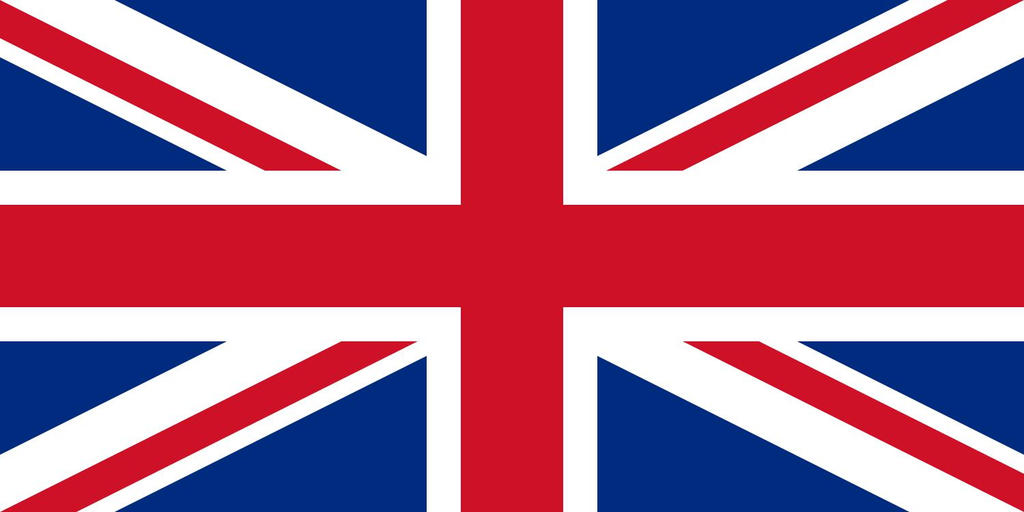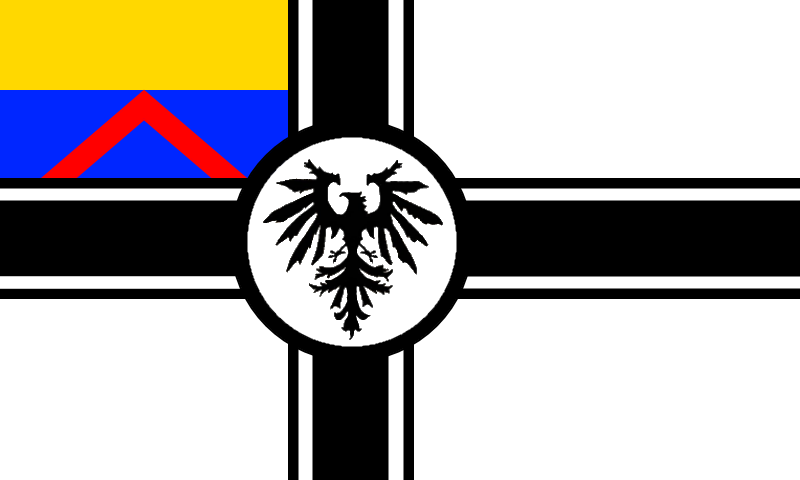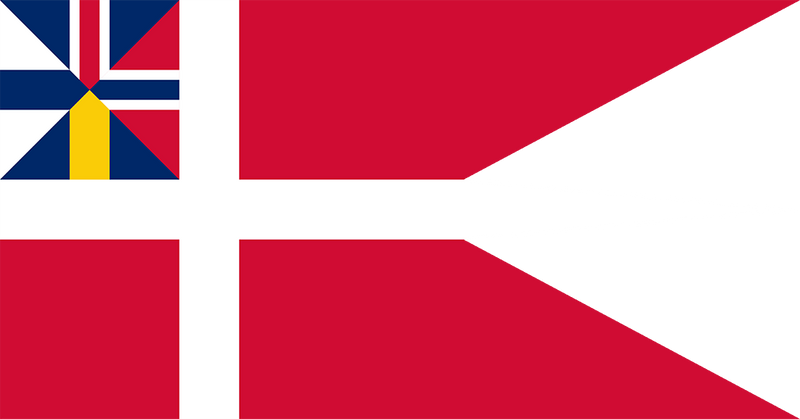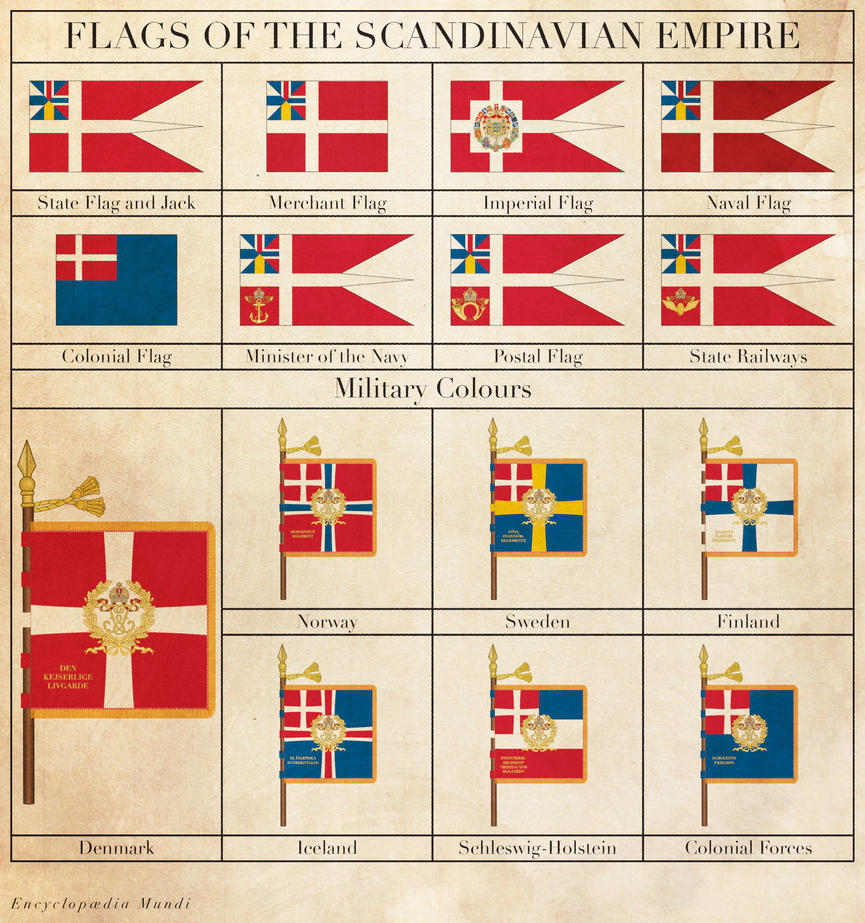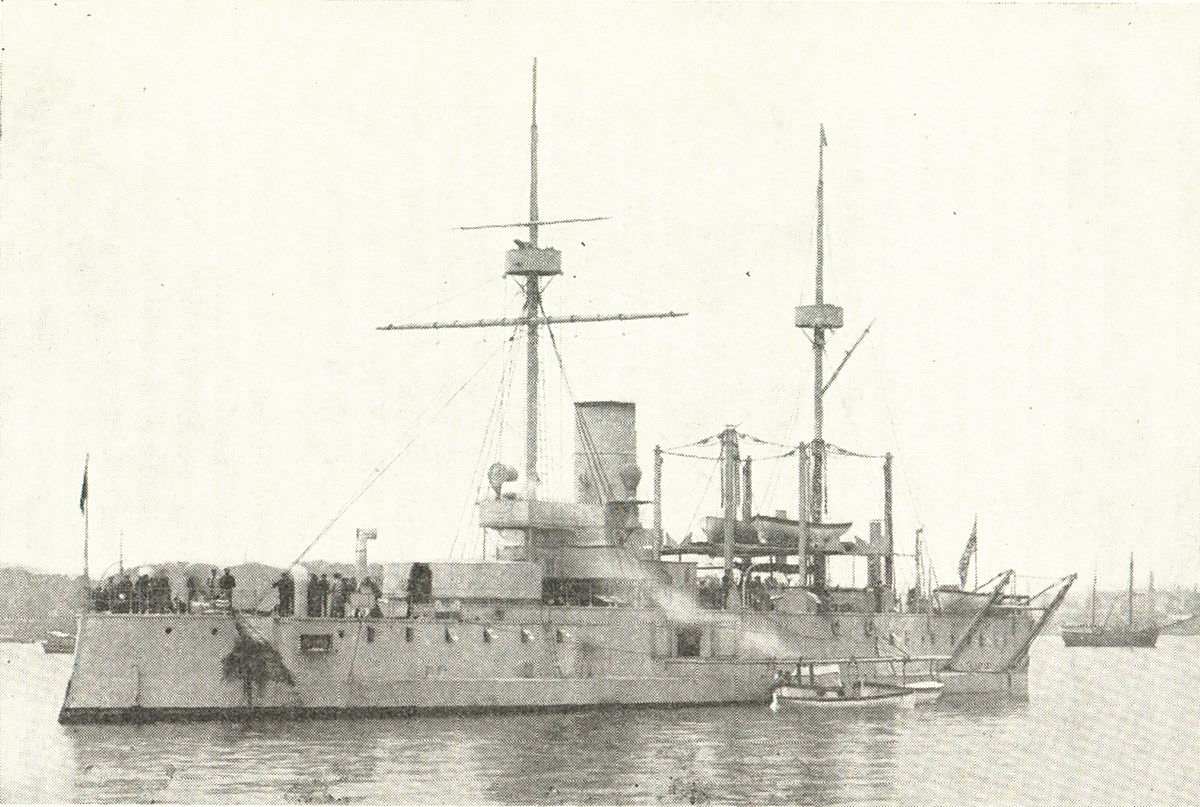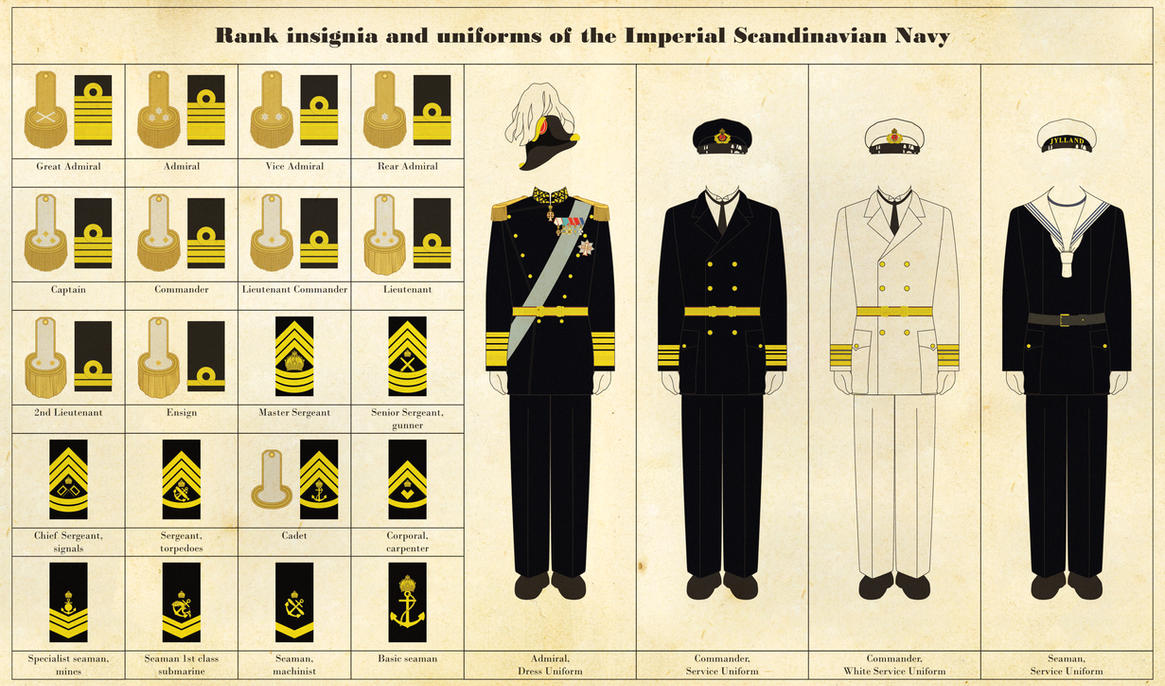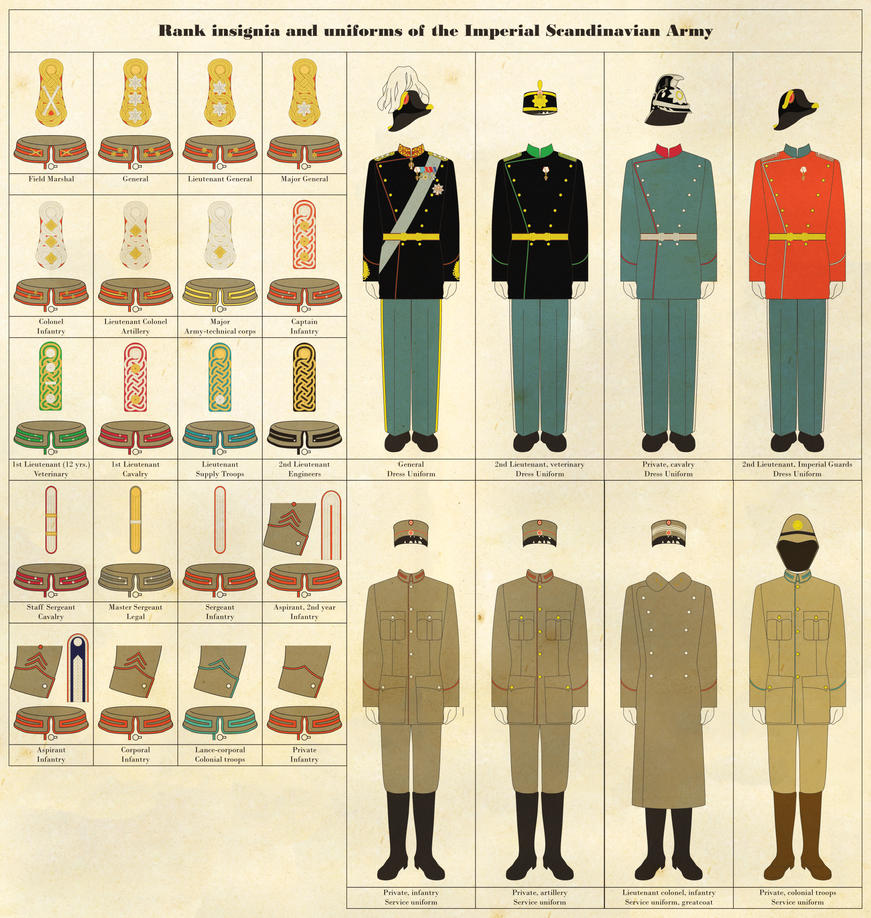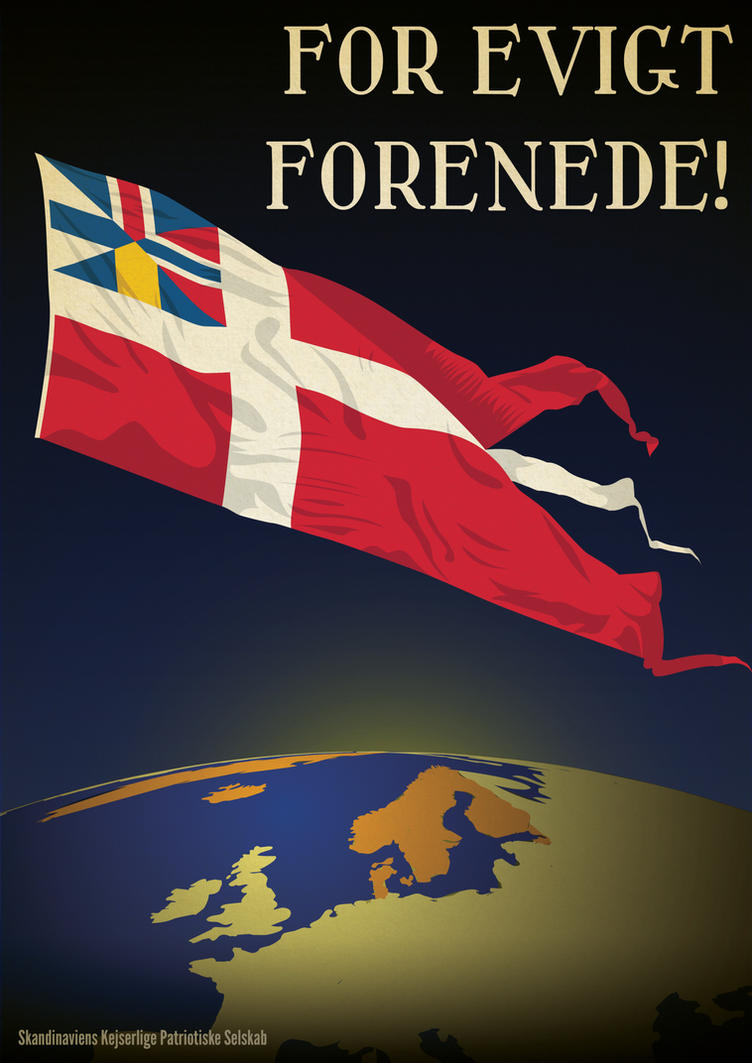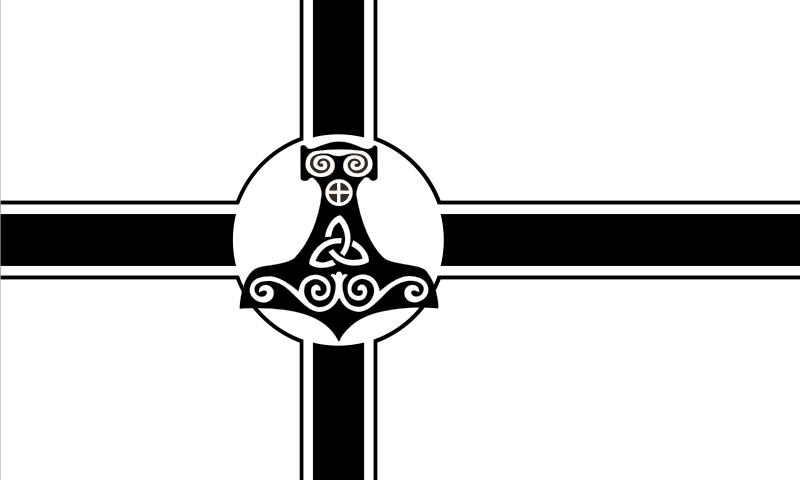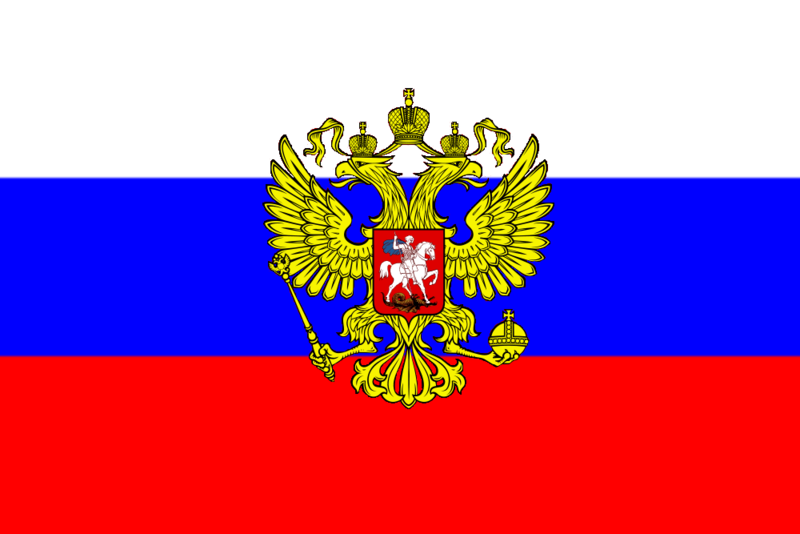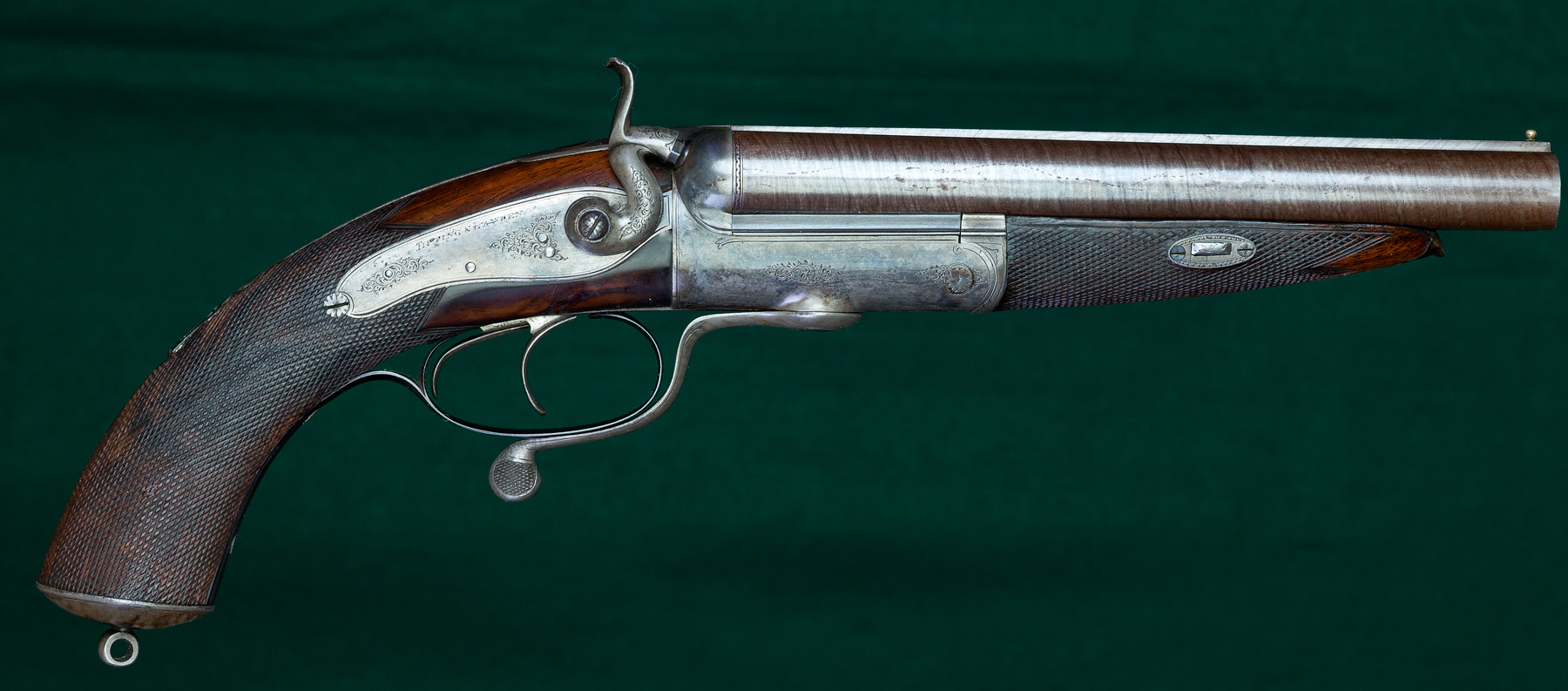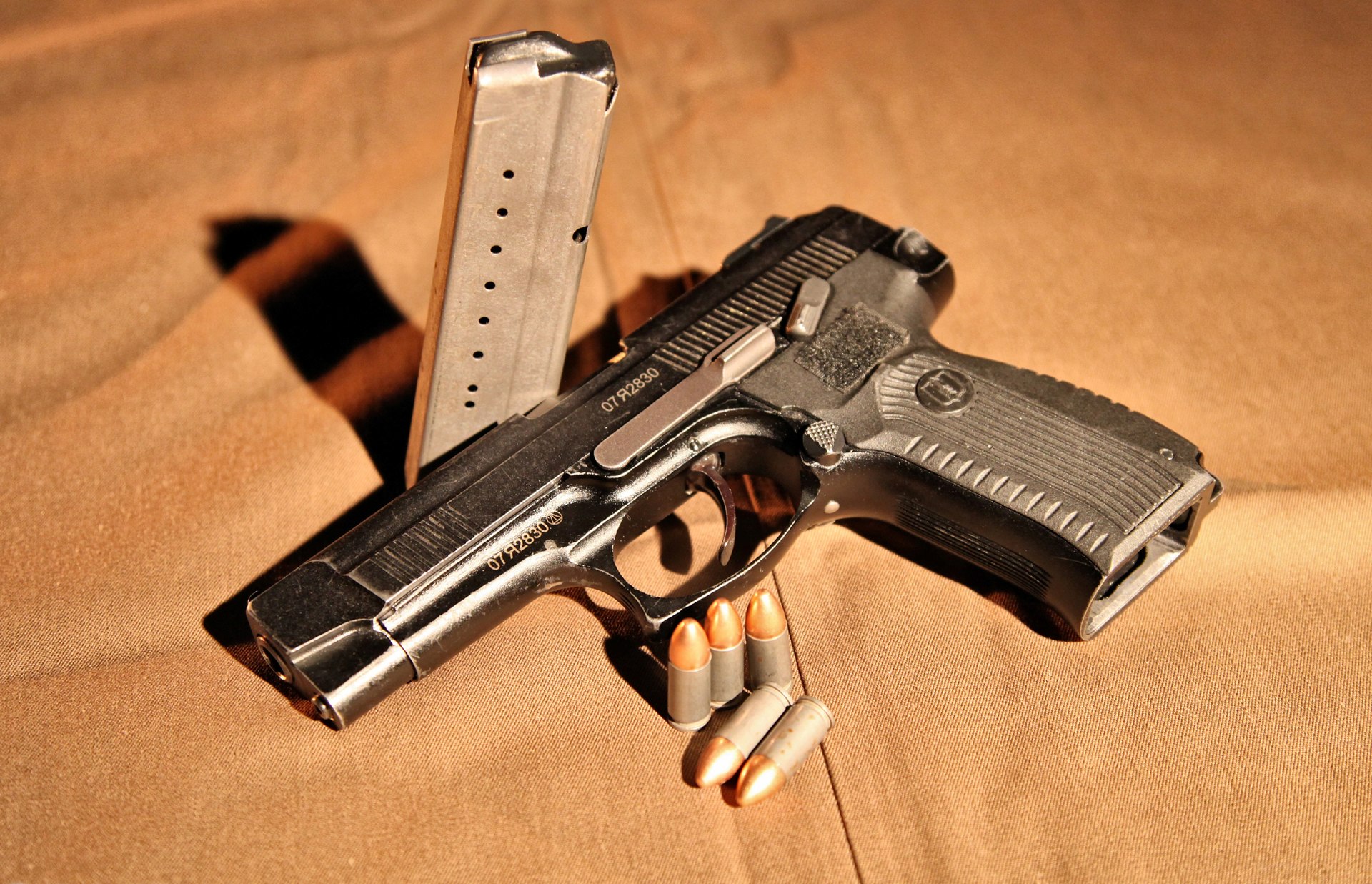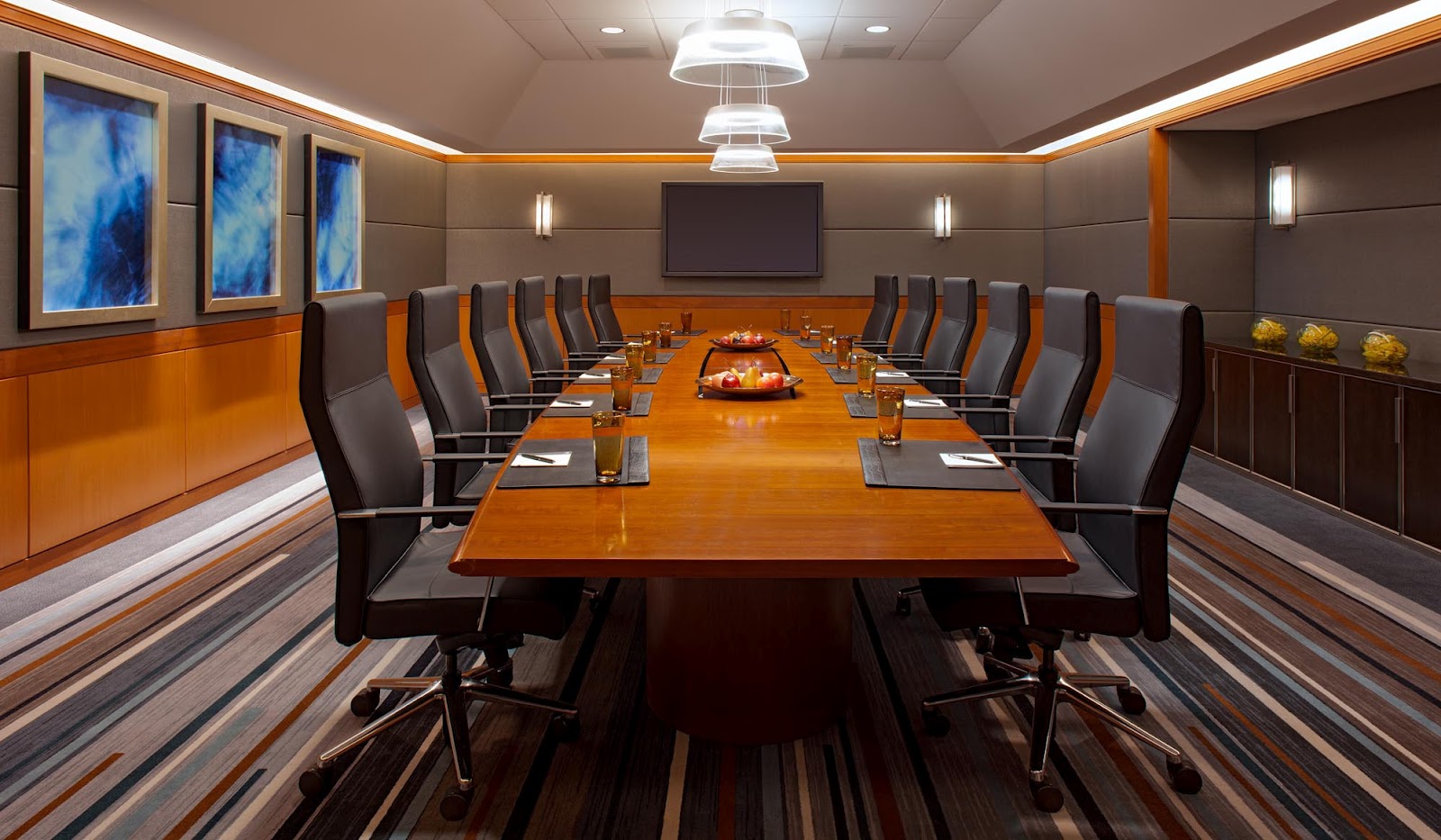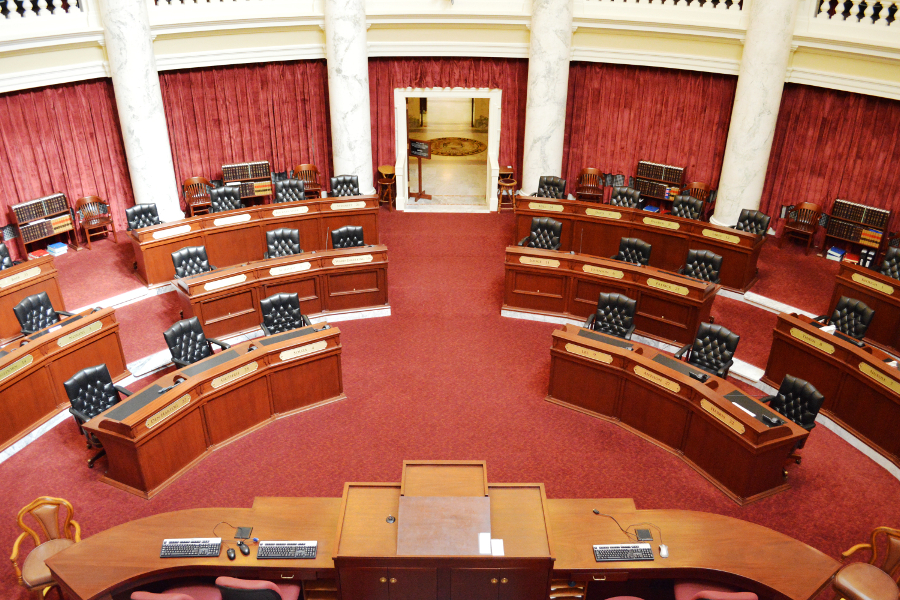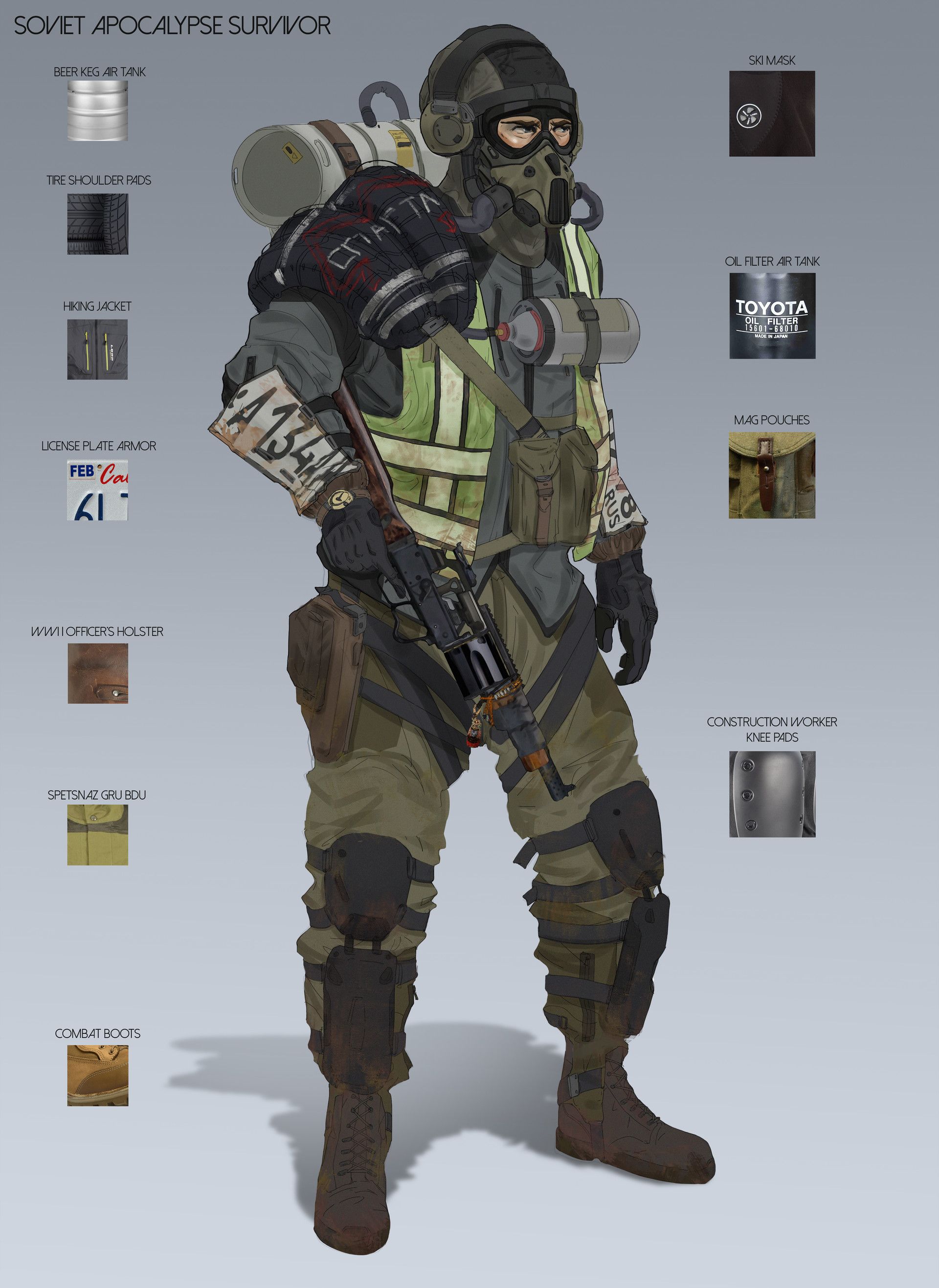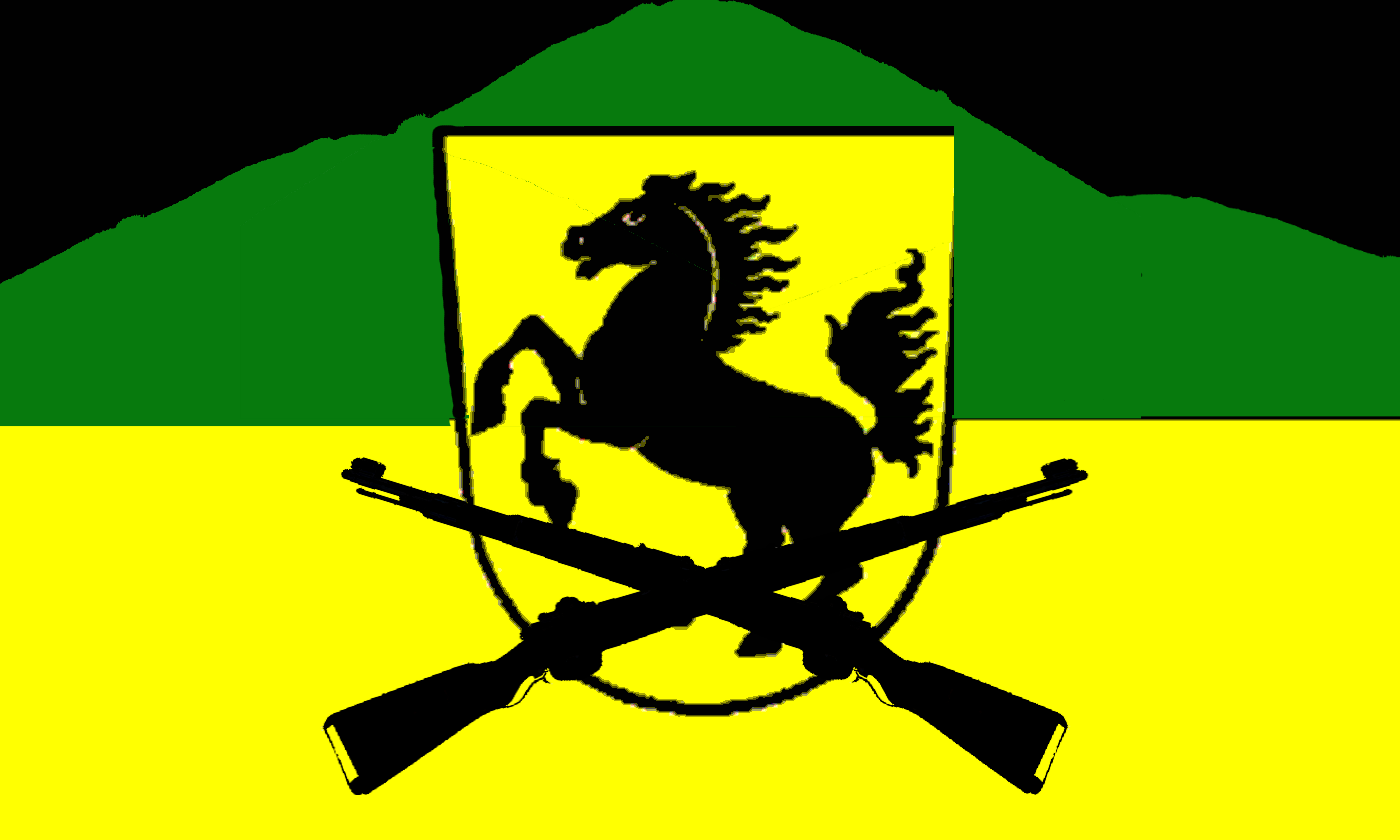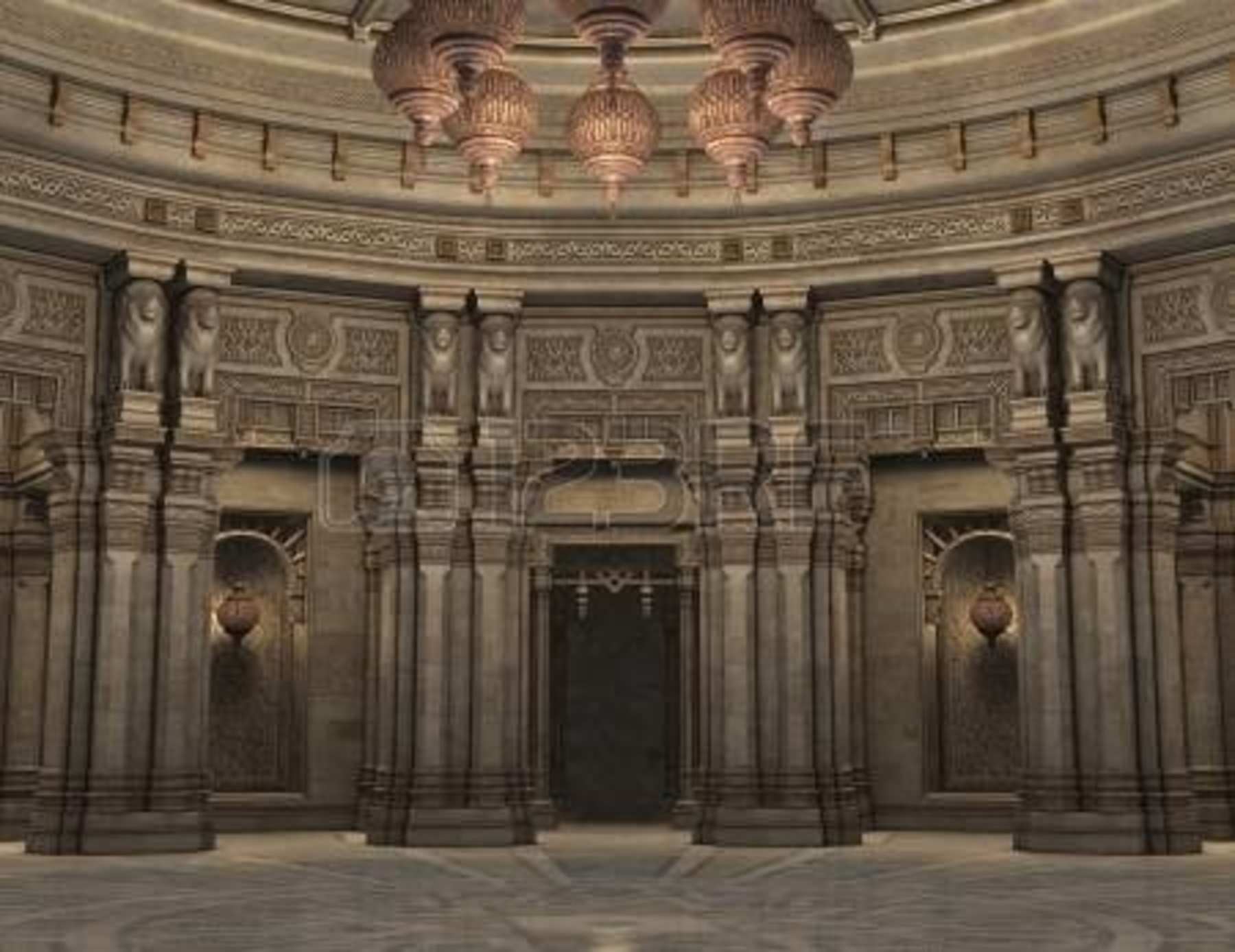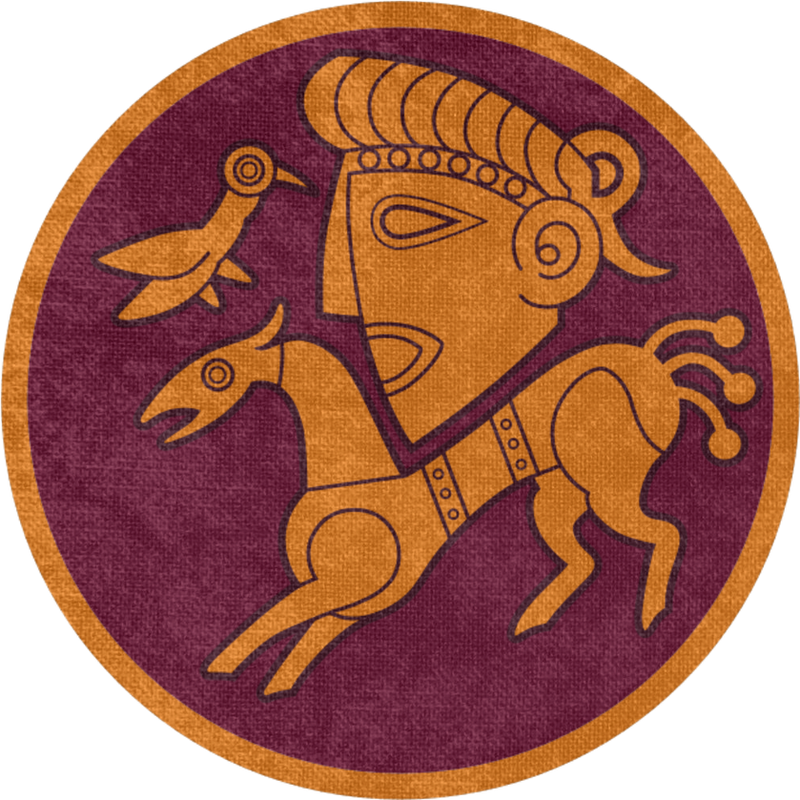Yang Xiao Long
Sunny Little Dragon
Nation form:
Name:
Flag:
History:
Government:
Strengths:
Weaknesses:
Resources:
Population: (Real World/50 if you Population exceeds 60k take what ever is above 60 and divide that number again by 50.)
Military:
(Vehicles, modern firearms, and artillery will be limited. Aircraft and modern naval units (timberclads and refits are alright in limited quantities) will be granted only on special acceptions. If you feel you could be one of these acceptions PM me with a WIP CS. Generally you should message me or come on the discord with you concepts)
Territory: (What city you want basically, I have to stress the word city here. You'll have enough land to support farms and the Population but not any more than that.)
Anthem:
Discord Link: Discord - Free voice and text chat for gamers
Interest Check:
Second Dawn (Post Apocalyptic Nationbuilder set in Europe)
In Character: Second Dawn (Post Apocalyptic Nationbuilder set in Europe)
Name:
Flag:
History:
Government:
Strengths:
Weaknesses:
Resources:
Population: (Real World/50 if you Population exceeds 60k take what ever is above 60 and divide that number again by 50.)
Military:
(Vehicles, modern firearms, and artillery will be limited. Aircraft and modern naval units (timberclads and refits are alright in limited quantities) will be granted only on special acceptions. If you feel you could be one of these acceptions PM me with a WIP CS. Generally you should message me or come on the discord with you concepts)
Territory: (What city you want basically, I have to stress the word city here. You'll have enough land to support farms and the Population but not any more than that.)
Anthem:
Discord Link: Discord - Free voice and text chat for gamers
Interest Check:
Second Dawn (Post Apocalyptic Nationbuilder set in Europe)
In Character: Second Dawn (Post Apocalyptic Nationbuilder set in Europe)
Last edited:


